How To Dismiss Tech Neck in 6 Easy Steps
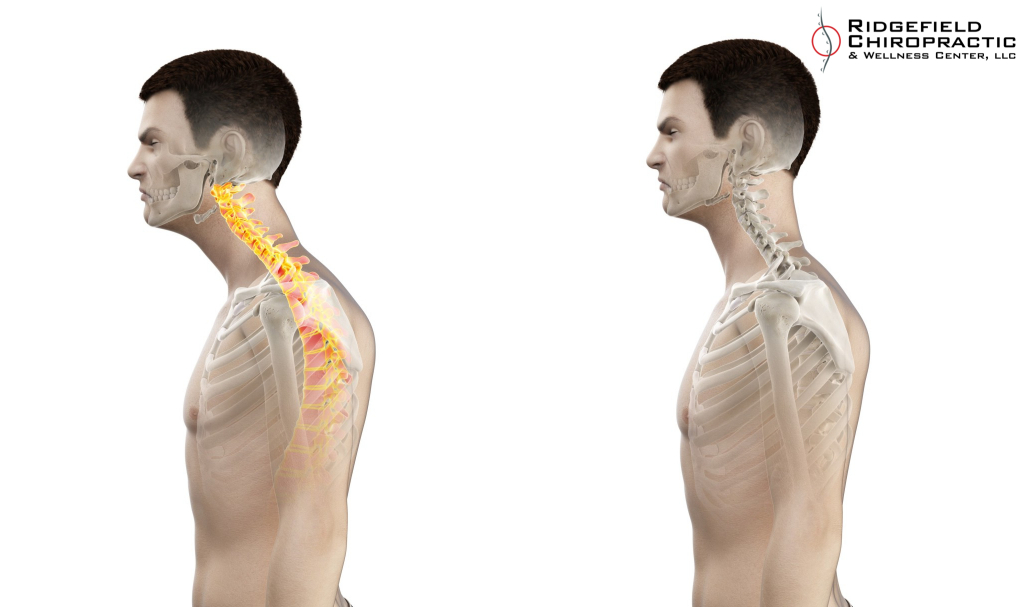
Chances are that within the last few days, at some point, your neck has had some sort of pain or discomfort. You have also probably noticed that this neck pain has been coming on more frequently than it used to. A couple of years ago, you might’ve gotten a little stiffness in your neck […]
How to Reach your Health Goals in the New Year
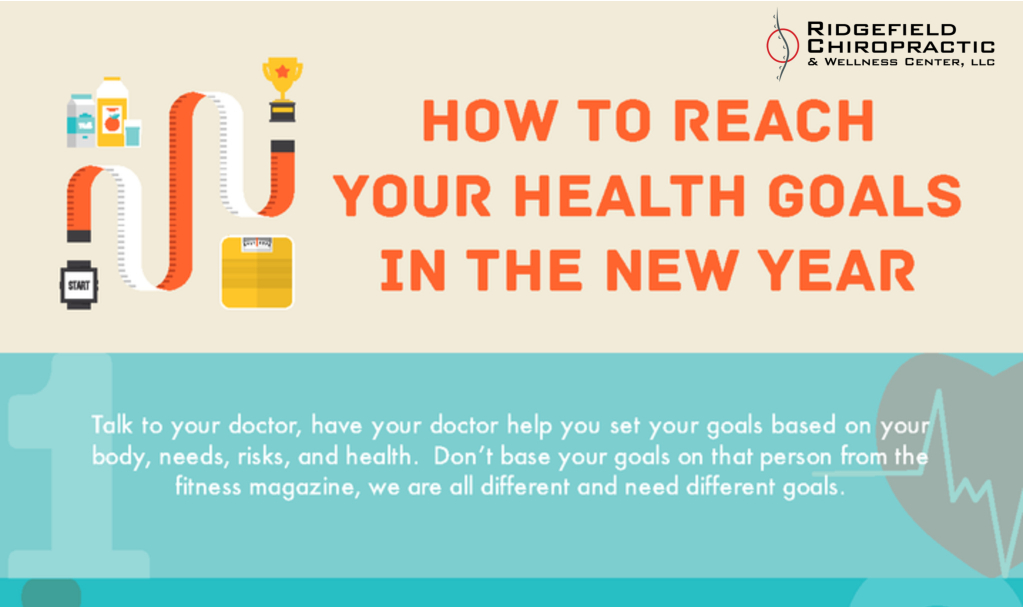
January 1st, the time of year gym memberships soar, diet pills fly off the shelves, and your social media feed is filled with “how to lose weight” advice, and supplements that “guarantee instant results.” Considering the decline of gym memberships drops drastically by February and cuts in half by May, how do you keep your […]
How to hit Your Goals This Year (Without Pain!)

Did you know that, worldwide, back pain is the single leading cause of disability? When it’s severe, it can prevent people from engaging in work and leisure activities, creating a pronounced negative impact on quality of life, and making it hard to enjoy the things you used to love. Back pain is also one of […]
7 Reasons You Should Start Using Cold and Heat Therapy
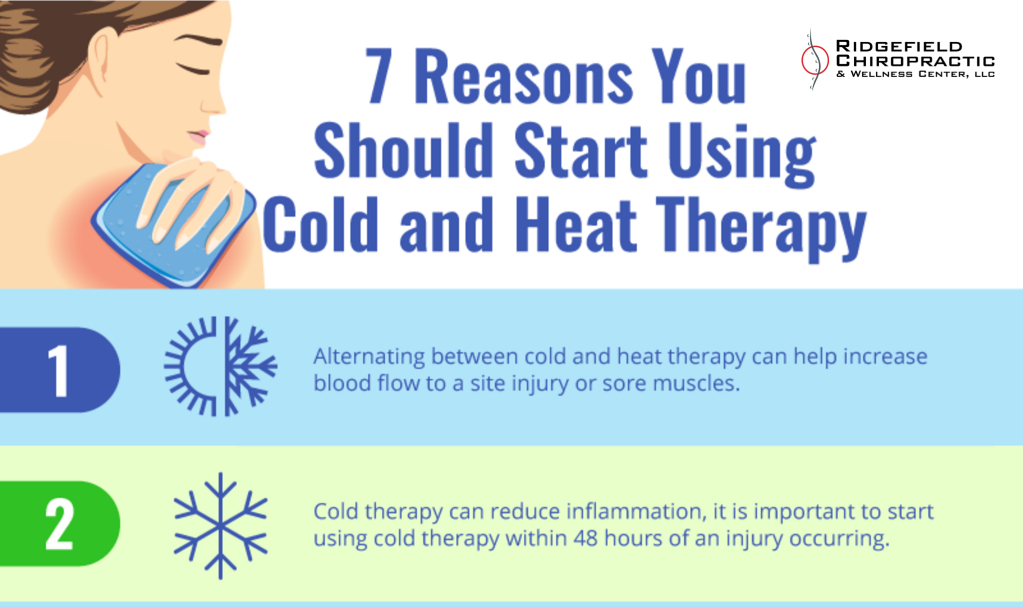
Most people enjoy taking a hot bath or shower or using a heating pad when they are in pain or after a long day or hard workout. Heat feels much better than cold or ice, given the choice most of us would choose to use heat therapy instead of cold therapy. However; both are essential […]
9 Tips to Stay Active During the Winter Months
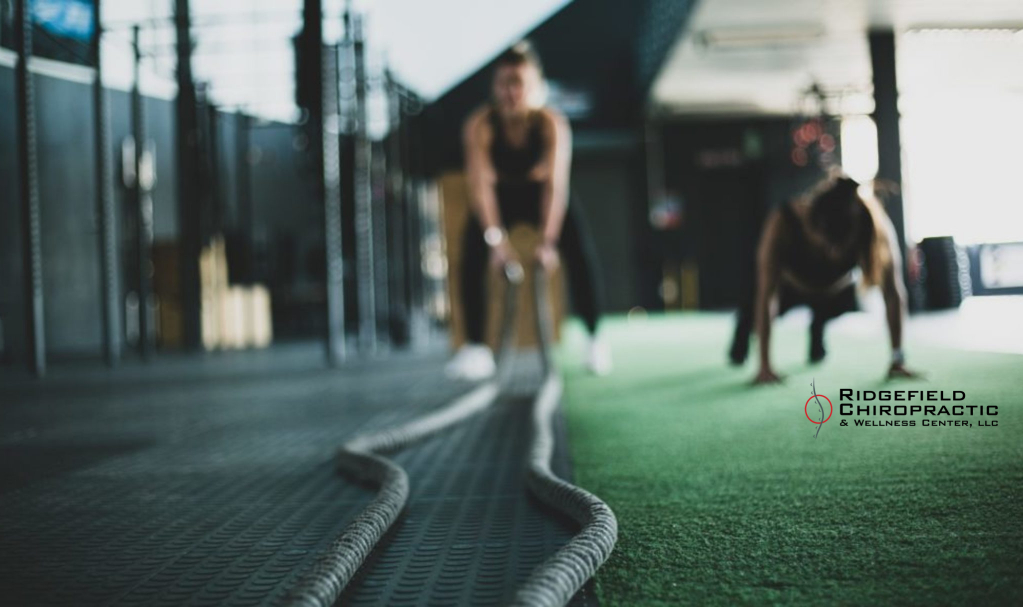
When the weather outside is frightful, being inside can feel so delightful. The only issue with that approach? It keeps us sedentary and stationery, creating a whole host of health concerns ranging from weight gain to increased back, neck, and hip pain. So, what’s the answer? Is there a way to stay active during the […]
Why You Should Ride Your Bike to Work
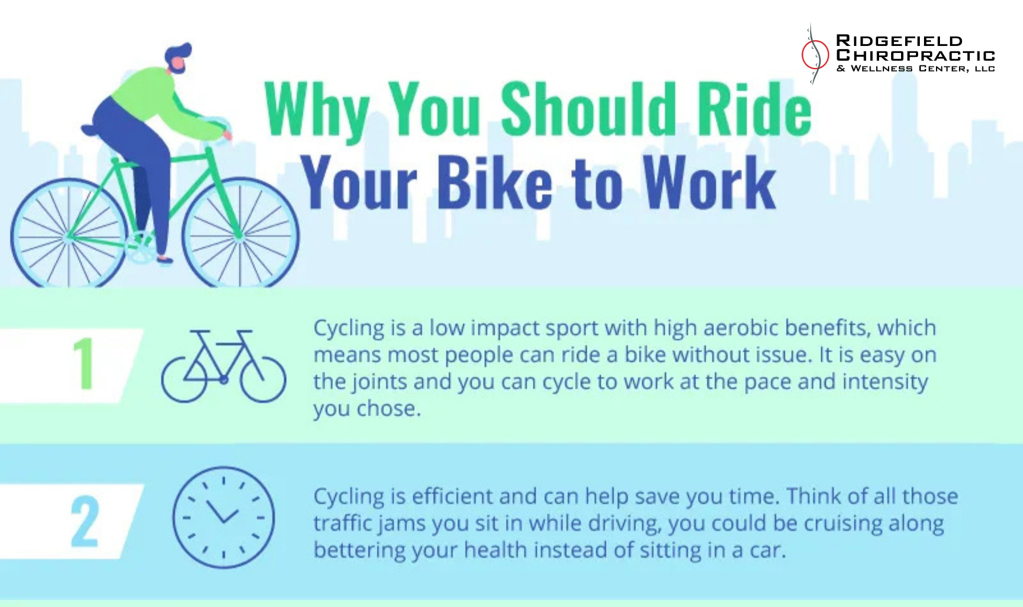
The average American spends half of their day sitting, and it’s even worse for those who have a long daily commute. Sitting that often can be detrimental to your health, the good news is that there are ways to combat sitting so much! One great way to help yourself out is riding your bike to […]
Up Against the Wall: How to Break Up Your Day so You Feel Great
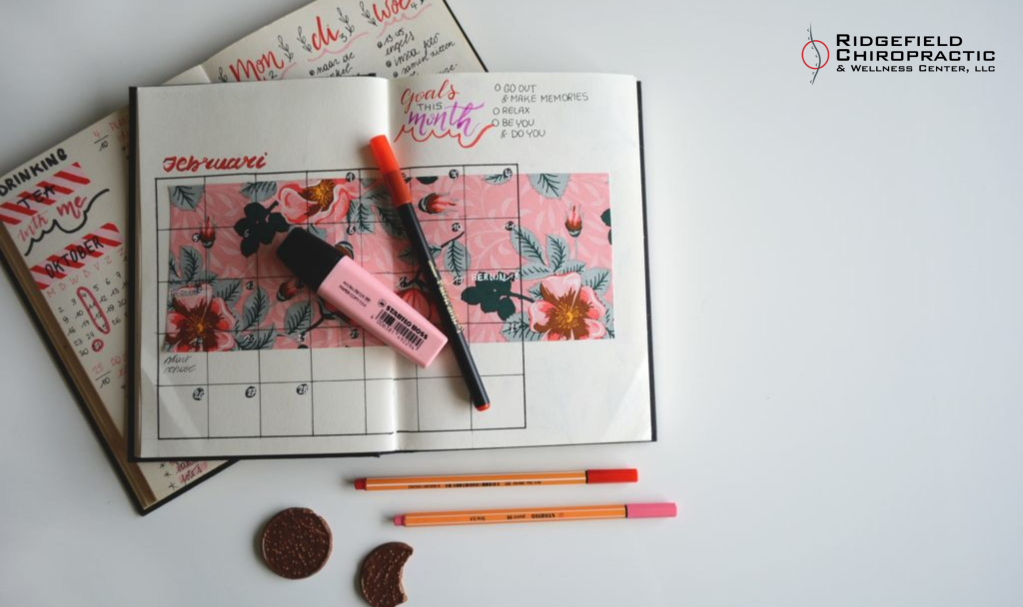
Think you have to get up at 5 am to be uber-productive? Think again! Sure, some high-performers rise at the crack of dawn and like doing so, but that’s not the only way to enjoy streamlined, simplified, enjoyable days. In this post, we’re going to share a few top tips to break up your days […]
9 Key Points of an ergonomic workspace design
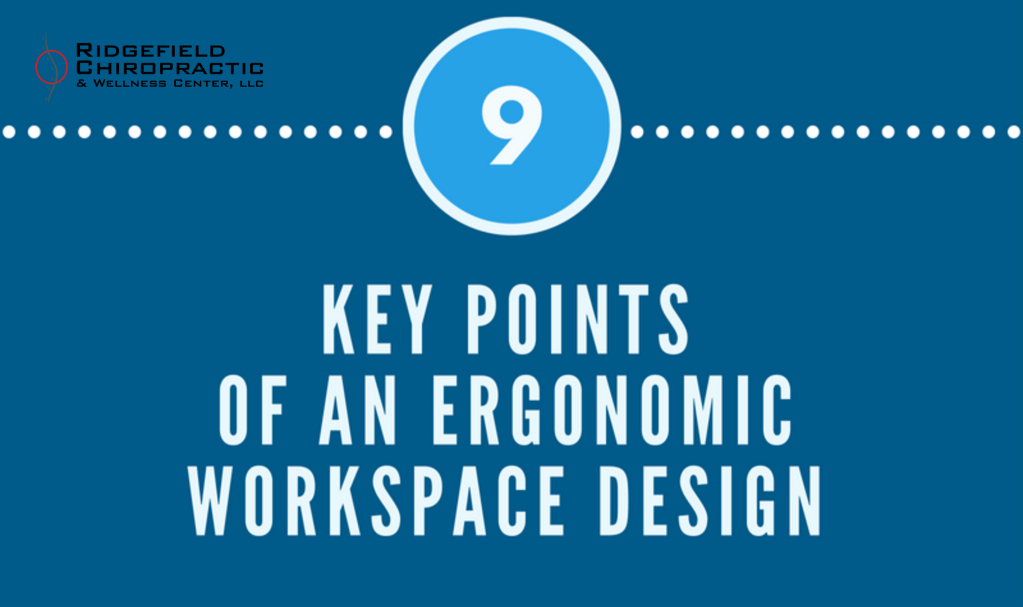
Are you tired of dealing with aches and pains from sitting at your desk all day? An ergonomic workspace design can help. At Ridgefield Chiropractic, we understand the importance of proper ergonomics for both comfort and health. That’s why we’ve put together this list of 9 key points to consider when designing an ergonomic workspace. […]
Postpartum Care and Recovery, Why You Should See a Chiropractor

Having a baby is hard work, your body goes through so many changes to bring a new life into this world and those changes don’t stop after delivery. Any mother knows that postpartum recovery can be hard, the good news is that a few visits to your Chiropractor can help you recover faster and easier. […]
How Your Chiropractor Can Help Relieve Sinus Issues
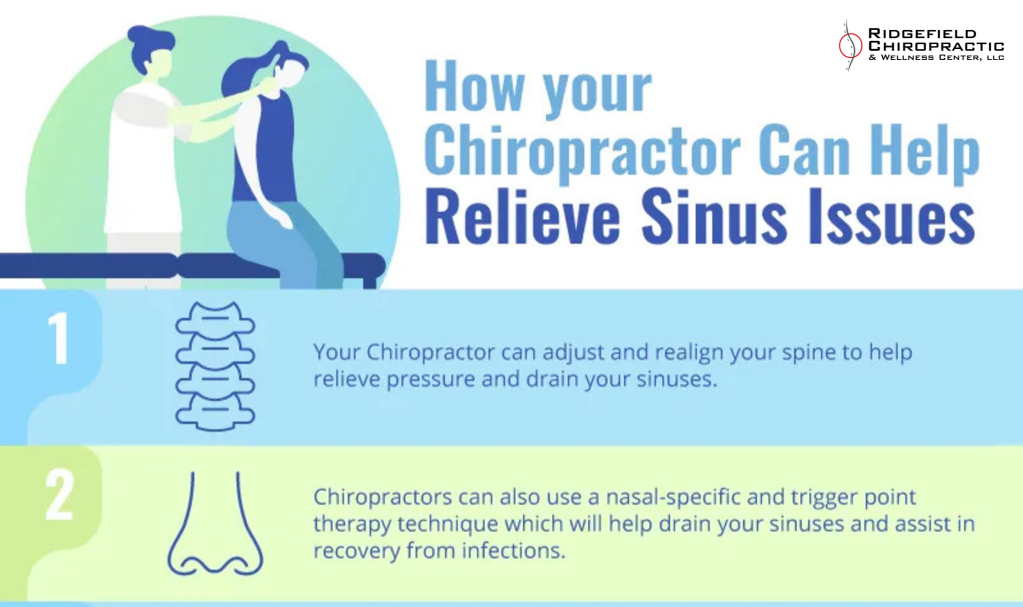
Sinus issues are no fun, depending on what area you live in and your allergies a lot of sinus sufferers go a decent part of the year dealing with sinus headaches, constant runny noses, and a constant stream of medicine. The great part is that you have options, great natural options to help with those […]
